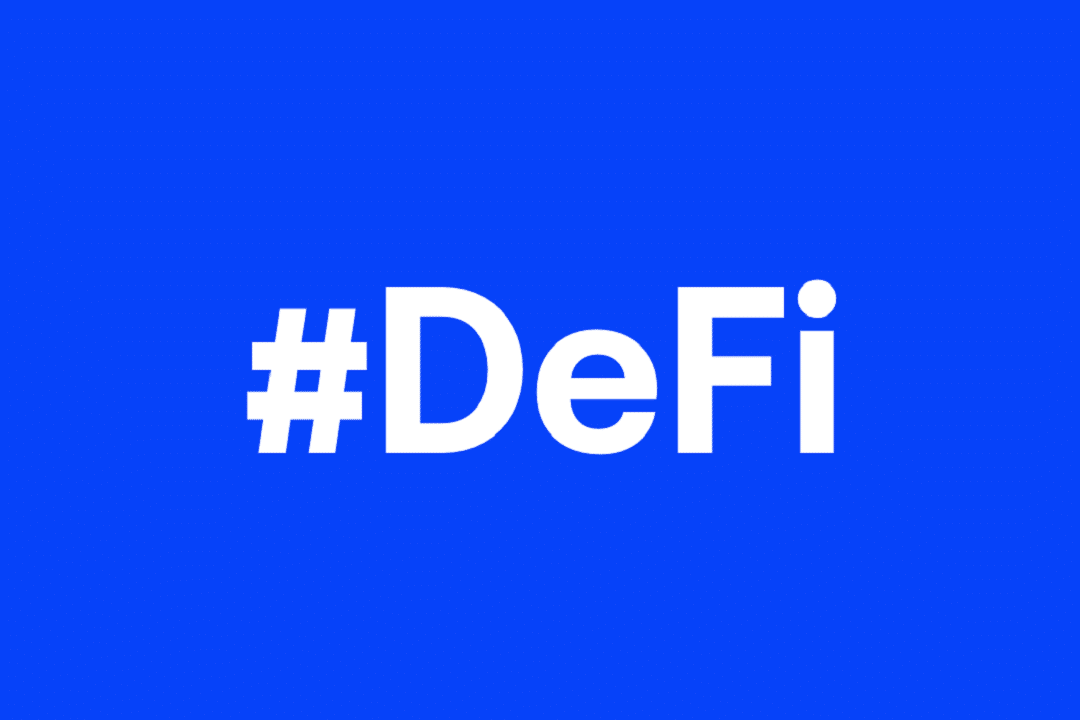A new movement is generating interest in the cryptocurrency sector even though the prices of cryptocurrencies are still far from the peaks reached in 2017. It’s called DeFi, short for Decentralised Finance, and uses blockchain technology, smart contracts and/or cryptocurrencies to provide financial services to customers, such as loans, payments, remittances, derivatives or investments.
Decentralised finance, to date, is still in its infancy and is far from reaching the levels of classical financial systems.
Bitcoin and Ethereum are the first examples of decentralised finance. Both are controlled by large computer networks, not by a central authority. Many investors think of bitcoin as gold, i.e. a store of value, an investment that protects against inflation.
But it is the new projects that make the concept of DeFi even more attractive. The stablecoin DAI, for example, is a bitcoin-like digital token that is designed to be a global currency untouchable by central banks. Unlike bitcoin, its value is pegged to the US dollar, drastically reducing the volatility that prevents bitcoin from being practical for everyday purchases.
DeFi will be a bit difficult for beginners to understand, but there are already several very interesting projects in progress that are going to be familiar to most people who follow the cryptocurrency world.
Decentralised Finance (DeFi), Fintech and traditional finance
The financial landscape can now be divided into three branches: traditional finance, fintech and DeFi. Companies operating in the fintech sector, such as PayPal or Revolut, have begun to compete with traditional banks. However, both conventional banks and fintech companies are centralised: one bank or company acts as an intermediary to manage all transactions.
The DeFi movement is linked to a decentralised ecosystem of cryptocurrencies, tokens, exchanges, wallets and other blockchain-based infrastructures.
DeFi is a real opportunity to create a completely different financial system from the previous one that can coexist with traditional banks and Fintech companies.
DeFi: advantages and disadvantages
Why can DeFi be successful? There are many points in favour of DeFi.
DeFi tools are permissionless, anyone can access them without any restrictions and they are censorship-resistant: transactions can’t be blocked and no third party authorisations are required. They are also transparent, as all transactions are traceable and viewable on the public blockchain. They are efficient, fast and do not require human intervention.
Obviously, there are also disadvantages. For example, these tools are still very young, with low liquidity and lack of clarity from the regulatory point of view.
DeFi: the most interesting projects
DeFi operates in three main areas: trading of assets (decentralised exchanges), deposit/loan activities and margin trading.
The main example of decentralised lending is MakerDAO (MKR). It is the utility token of the smart contract platform that supports Dai (DAI), a well-known decentralised stablecoin.
While DAI’s price is fairly stable at $1, the price of Maker (MKR) lends itself to the proverbial volatility of the market, due to its unique supply mechanism and its function in the Maker DAO platform.
Dharma allows users to borrow and lend Ethereum without the need for a bank account or credit score, whereas SALT allows people to receive fiat currency loans using their own crypto assets as collateral.
There are also several decentralised payment services such as Ink Protocol, a payment and reputation system for peer to peer marketplaces, or Request with its open network for transaction requests.
Worth noting are also decentralised exchanges such as IDEX, Bancor or Kyber Network, which provide similar trading services via token swaps.



